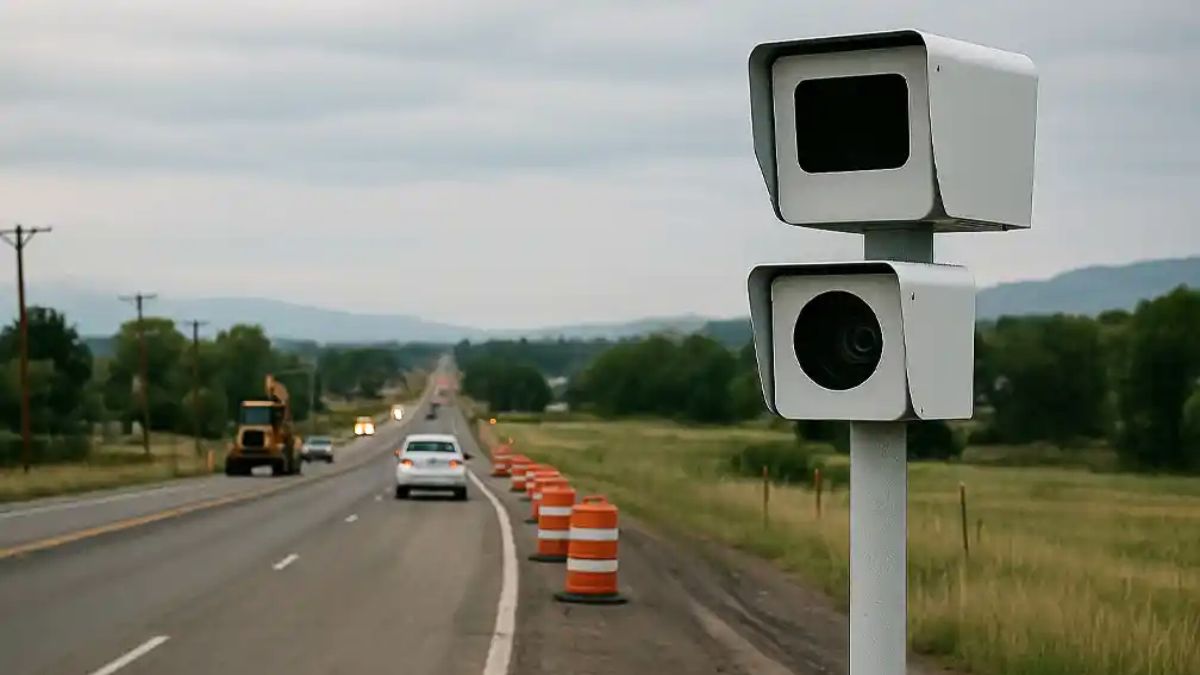Speed cameras have long been controversial, but the data is hard to ignore: they reduce the number of fatal accidents by nearly 50%. While widely used in Europe and other parts of the world, the United States has been slower to adopt them. Now, Colorado is taking the lead by rolling out a new Speed Enforcement Program, with cameras specifically targeting work zones—areas where speeding poses the greatest danger.
Cameras
The U.S. already has around 5,000 traffic cameras in use nationwide, with evidence showing dramatic improvements in road safety. These devices can be fixed or mobile, and both aim to discourage reckless driving by making speed enforcement constant and predictable.
For Colorado, the focus is on work zones, where narrow lanes, closures, and sudden stops make speeding especially deadly. According to Keith Stefanik, chief engineer at CDOT, these areas are high risk and demand stricter control.
Program
Launched in July, the Colorado Speed Enforcement Program places cameras in clearly marked work zone areas. Drivers are warned in advance, eliminating excuses for violations. The cameras record vehicles at two points, calculate their average speed, and issue fines if speeds exceed the limit by more than 10 mph.
The fine is set at $75 for violators. However, the initial penalty will be a warning rather than a fine, giving drivers a chance to adapt to the new rules.
Purpose
Sally Chafee, executive director of CDOT, emphasized that this program is not about generating revenue but about saving lives. Her message was clear: “The speed limit is not a suggestion; it is the law. The simplest way to save a life is to reduce speed.”
By targeting speeding in zones where workers, drivers, and passengers are most vulnerable, Colorado aims to change behavior rather than punish it.
Transparency
To ensure public trust, the program specifies how the money from fines will be used. Funds will first go toward maintaining and financing the program itself. Any excess will be allocated to the Vulnerable Road User Protection Enterprise, a fund dedicated to safeguarding pedestrians, cyclists, and other at-risk road users.
Impact
While some states still resist the use of traffic cameras, Colorado’s decision reflects a growing acceptance of technology-driven safety solutions. If the program proves successful, it may serve as a model for other states facing rising road fatalities.
The evidence is clear: slowing down saves lives. Colorado’s Speed Enforcement Program is betting on cameras not just to catch drivers, but to make every driver think twice before pressing harder on the accelerator.
FAQs
What is the Colorado Speed Enforcement Program?
A CDOT initiative using cameras in work zones to reduce speeding and accidents.
How do the cameras work?
They photograph cars at two points, calculate average speed, and fine offenders.
How much is the fine?
$75 if speed exceeds the limit by more than 10 mph.
Where will the funds go?
First to fund the program, then to the Vulnerable Road User Protection Enterprise.
Do cameras reduce accidents?
Yes, data shows they cut fatalities and serious accidents by nearly 50%.























